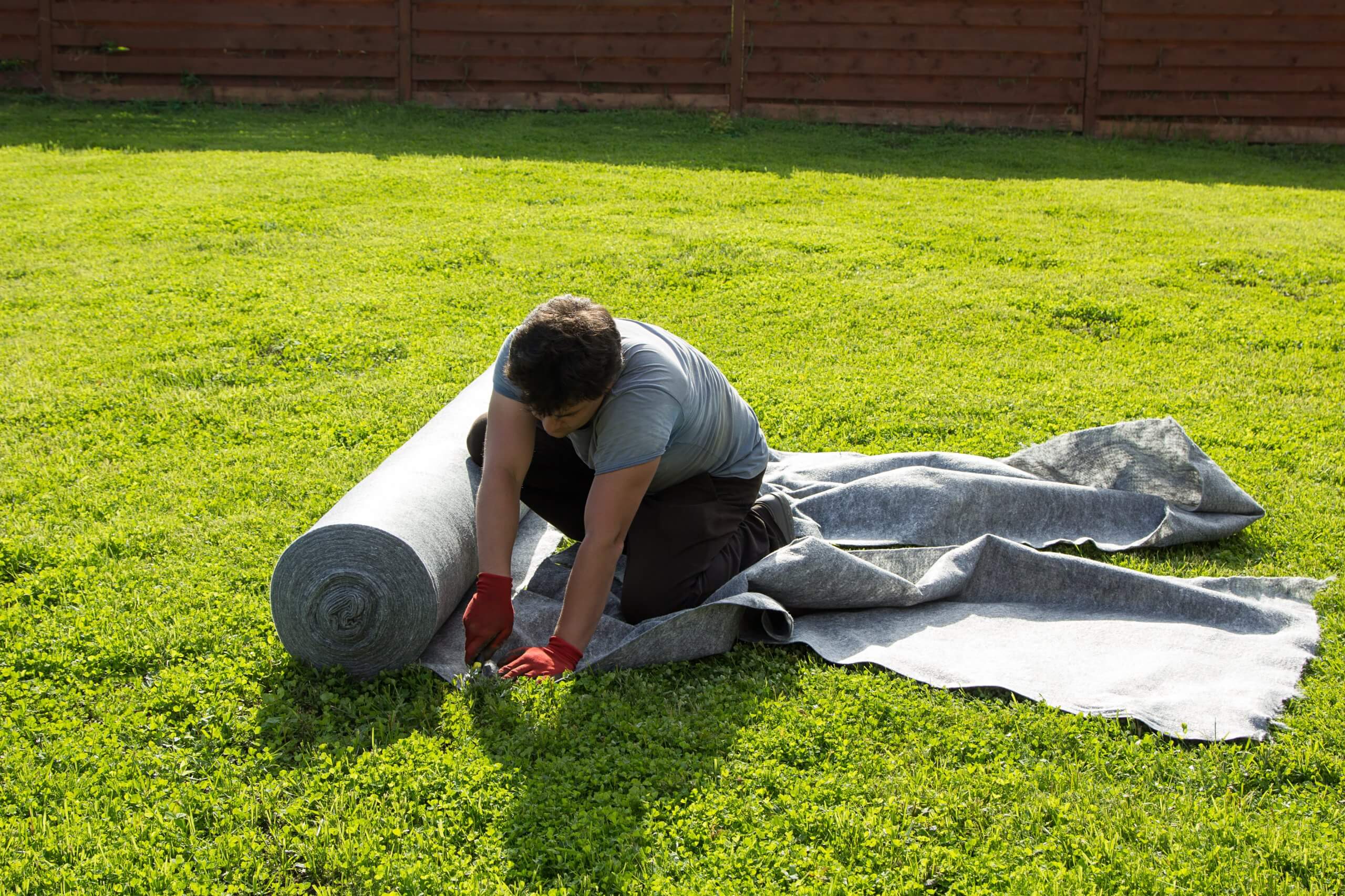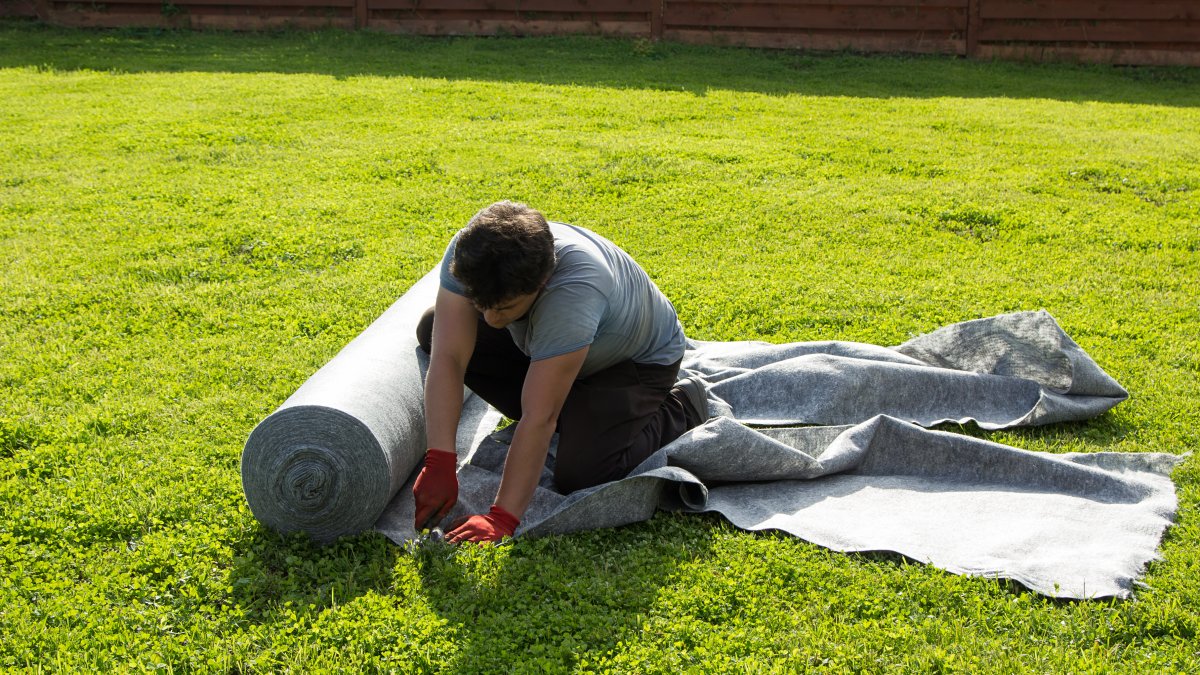
Geotextiles has seen extensive use in construction, drainage, and agriculture since their first use in the 1950s. Made of polyester or polypropylene and other thermoplastics, geotextiles are generally affordable yet versatile thermoplastics.
Furthermore, geotextile membranes are classified into woven and non-woven types. Woven geotextiles have a high-load capacity but aren’t as permeable as the non-woven type. On the other hand, non-woven geotextiles are porous fabrics generally used in drainage solutions.
Although the types differ in their degree of porousness, both are durable yet could just fall gently after receiving an impact. Because of this feature, geotextile membranes could separate, filter, protect, drain, and reinforce soil and similar compounds. If you want to know more about geotextile membrane, particularly its uses in your household, read on to learn more!
1. Serves As Drain Filters
Geotextile membrane could serve as an effective cover in drainage systems. In this situation, these geotextiles prevent large particles from passing through while allowing water to pass through. This way, there’s proper drainage while also avoiding clogs. Both woven and non-woven geotextiles could filter coarser grains. However, the non-woven type could be more effective in filtering finer particles because of their finer mesh type.
When properly placed, geotextiles could prevent small particles from passing through. This way, they avoid silt buildup that may eventually lead to clogging. In some households, homeowners also apply geotextiles in rain catchments to block sediments and possible pollutants.
2. Acts As Fencing Material For Repairs And Renovation
Basically, these woven geotextiles are spread around the area under repair or renovation. Similar to the function of silt fences in construction, woven geotextile membrane could serve as a barrier that prevents debris from damaging the surrounding area.
In some cases, workers make the geotextile fence stable using chain links or wooden posts. This way, the fence reduces the impact of any debris that could reach them. However, they’re easier to assemble, compared to other fence materials typically used for the same purpose.
3. Prevents Soil Erosion In Gardens And Pavements
Because of their tensile strength, geotextile membranes can hold soil in place. Through goring stabilization, construction and repairs in the location with running water could become more manageable. In addition, these geotextiles could prevent garden plots from collapsing.
The geotextile helps retain the soil, gravel, and other materials while allowing water to flow freely. Because of this, geotextile membrane could be used as an effective material in pavement construction, gravel driveway maintenance, landscaping, and pool installation, among others.
4. Contains Waste Material And Odor

When a building’s sewage needs repair, homeowners tend to have trouble with the foul odor and dirt from the sewage. In most cases, workers double the geotextile covers to avoid gases and other hazardous materials from escaping the open sewage. Geotextile membrane could be useful in containing the waste as daily covers and reinforcement in these situations. In a sewage pipeline repair or replacement at your home, you may consider using a geotextile membrane.
5. Slows Down Weed Growth
Many homeowners also use geotextile membranes to suppress weed growth. For this purpose, homeowners cover the ground where weeds usually grow. In other cases, geotextiles are placed in between crops to prevent weeds from growing faster.
While this has been a common practice by most indoor gardeners, proper monitoring is still necessary, as geotextiles tend to dissolve through the years. These fabrics only extend up to 5 years when fully exposed to elements such as rain and extreme sunlight in most situations.
6. Serves As Temporary Pipe Leak Solution
Some homeowners use geotextiles in addressing pipe leaks by wrapping them up and guiding the water or fluid into a soakaway or container. Geotextiles can be applied to these situations because they could be connected through overlapping, stitching, and taping.
Wrapping Up
Geotextiles have a lot of uses in various fields. At home, these thermoplastic materials are equally valuable for addressing minor household problems such as drainage issues, installing a full-length mirror, and weed growth. Furthermore, the geotextile membrane helps keep homeowners safe by aiding in the trapping of hazardous gases in cases of sewage repair. Apart from these, geotextiles could serve as instant solutions to pipe leaks.
If you’re looking for ways how geotextile membrane could help you at home, think about the uses you’ve gained from this article. You may go back to the insights and situations where you could apply the geotextiles. In choosing these fabrics, just consider the two types that fit different uses according to their durability, tensile strength, and permeability, as these are factors for their effectiveness.
Emily Hawthorne
Related posts
Stay connected
Today's pick
- Things to Remember While Designing Your Custom Modular Kitchen in GurgaonGurgaon now known as Gurugram is the second largest city in the state of Haryana and is a reflectiossn of an ideal modern city with futuristic goals. Witnessing rapid urbanization, it has also emerged as a hub for contemporary homes, with homeowners seeking innovative and... The post Things to Remember While Designing Your Custom Modular […]

